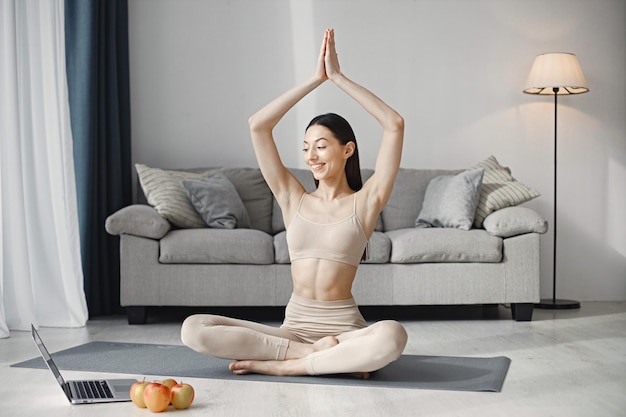
Yoga isn’t just about flexible bodies; it can also boost memory, heart, and bone health. The UK spends around £790 million annually on yoga classes and accessories. While yoga practices have evolved into quirky variants like rage yoga and doga, science is proving its significant benefits.
Research from UCLA indicates that a three-month yoga and meditation program can outshine memory exercises in reducing age-related cognitive decline. Moreover, yoga has been found to improve sleep among breast cancer survivors.
Take Lucy Edge, for example. At 53, experiencing severe depression, she chose yoga over antidepressants. A six-month yoga retreat in India didn’t give her a perfect yoga body, but it did bring her happiness and peace. Now, as an author and the founder of Yoga Meds, she shares the clinical benefits of yoga for conditions like arthritis, insomnia, and obesity.
Studies emphasize yoga’s potential to enhance memory. Over 12 weeks, adults aged 55+ involved in yoga and meditation showed better memory improvements than those doing memory exercises. These participants also experienced less depression and anxiety.
You don’t need extensive practice to benefit from yoga. In research, participants practiced Kundalini yoga for an hour weekly, which included breathing techniques, meditation, and chanting. Incorporating 20 minutes of daily Kirtan Kriya meditation further enriched the experience.
Yoga’s cardiovascular benefits are noteworthy. A 2014 review in the European Journal of Preventative Cardiology demonstrated that yoga could lower heart disease risk similarly to activities like brisk walking. Yoga helps reduce stress, which is a significant factor in heart disease, by lowering blood pressure and heart rate.
Dr. Mike Knapton from the British Heart Foundation mentions that yoga helps with emotional conditions like anxiety, stress, and depression, which are common among heart disease patients. It also aids in improving risk factors such as blood pressure, cholesterol, and weight.
For beginners, gentle yoga poses can reduce stress effectively. Restorative yoga, recommended by Anna Ashby from Triyoga Studios, involves supported postures held for extended periods, offering deep relaxation.
Pilates and yoga can relieve back pain by strengthening muscles and improving posture. NICE guidelines endorse yoga for lower back pain, and physiotherapists like Sarah Shone have integrated yoga into back pain rehabilitation programs with great success.
Yoga benefits extend to combating incontinence by strengthening pelvic floor muscles and enhancing bone density. It’s adaptable, making it accessible for everyone. If you’re new to yoga, inform your teacher about any health issues and start with gentle styles like Hatha or Iyengar.
Finding the right yoga mat is essential. Consider factors like thickness, length, and portability. Healthista recommends the Elephant Cork Yoga mat from Valka Yoga for its eco-friendly materials and comfort. It’s perfect for various practices and includes a carry strap for convenience.
Yoga blocks, like the Valka cork block, can assist with challenging poses, offering stability and extra reach. Cork blocks, while heavier than foam, provide better grip and support.
For flexible and less flexible individuals alike, different yoga styles like Yin, Restorative, Vinyasa Flow, Iyengar, and Anusara offer tailored benefits. Yoga Therapy, used by trained instructors, can also aid in healing injuries or illnesses.
Dive into yoga to find both physical and mental benefits, regardless of your level of flexibility or experience.